Breast cancer is the most prevalent malignancy among women worldwide and is a major contributor to cancer-related mortality. The tumor microenvironment (TME)…
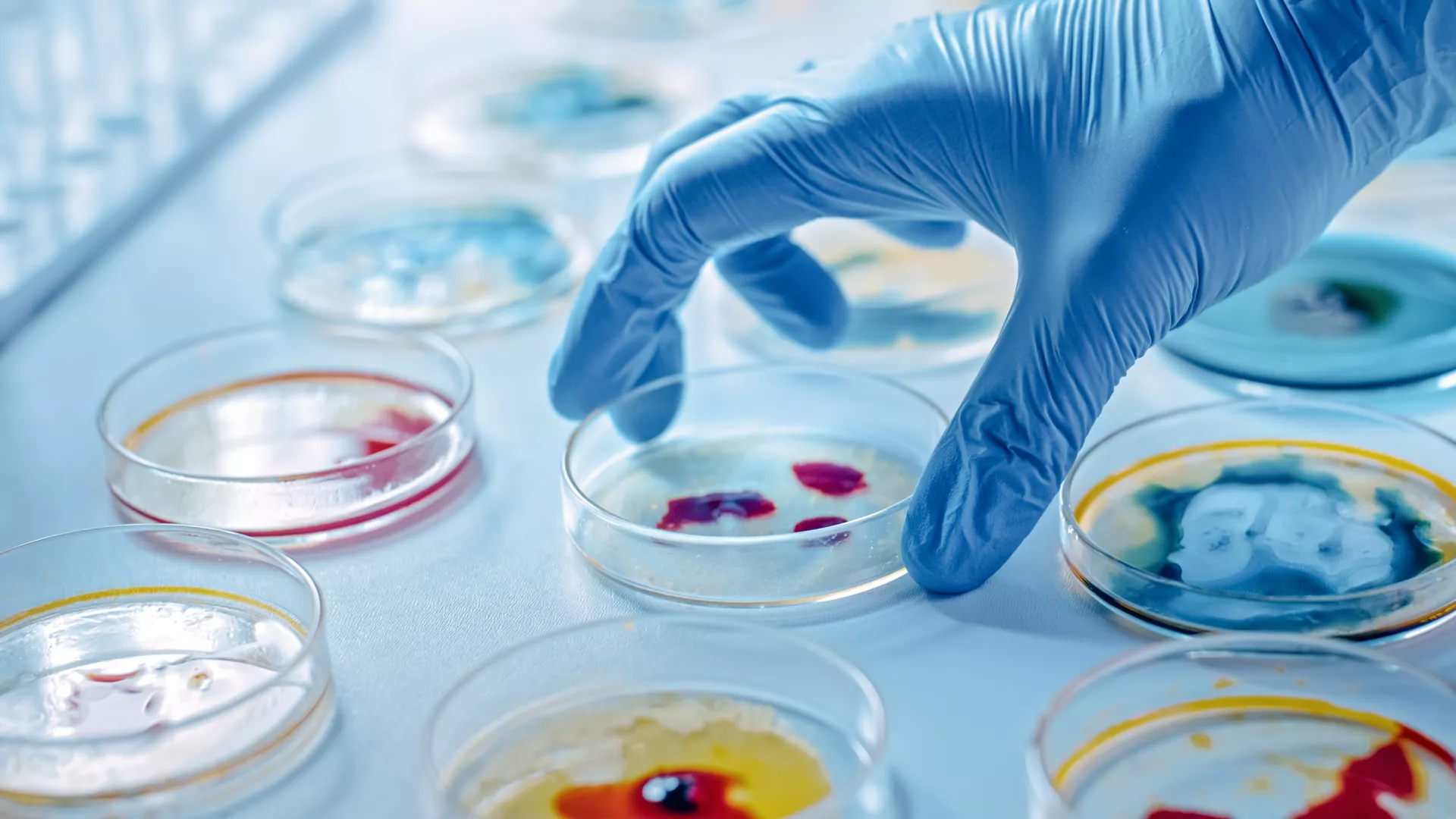

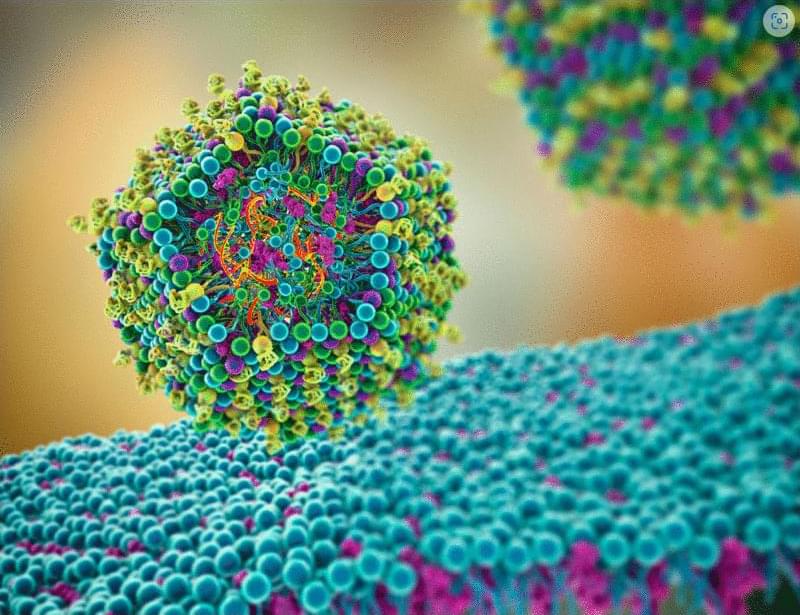
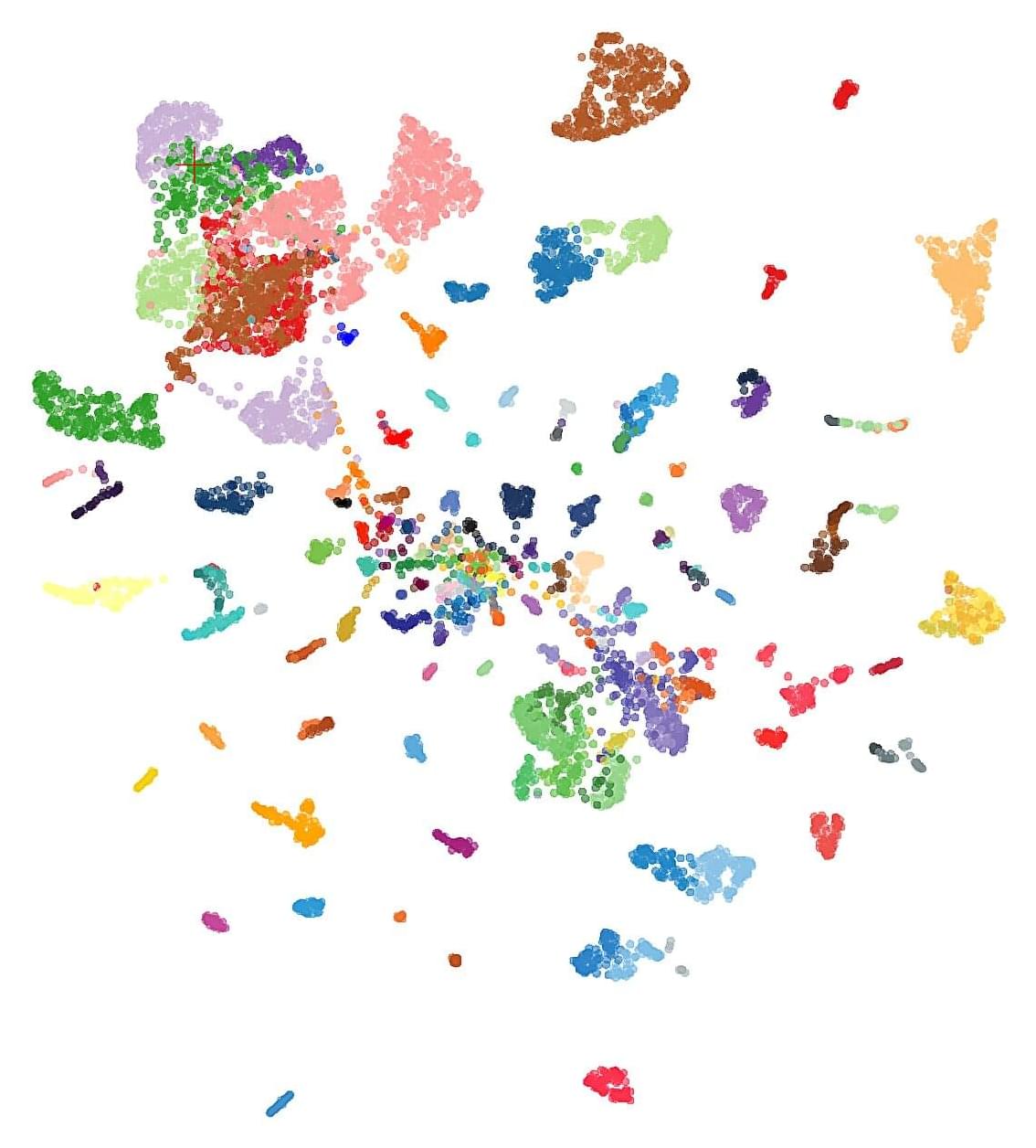
The MRI shows a brain tumor in an inauspicious location, and a brain biopsy will entail high risks for a patient who had consulted doctors due to double vision. Situations such as this case prompted researchers at Charité—Universitätsmedizin Berlin to look for new diagnostic procedures. The result is an AI model.
The model makes use of specific characteristics in the genetic material of tumors—their epigenetic fingerprint, obtained for example from cerebrospinal fluid, among other things. As the team shows in the journal Nature Cancer, the new model classifies tumors quickly and very reliably.
Today, far more types of tumors are known than the organs from which they arise. Each tumor has its own characteristics: certain tissue features, growth rates and metabolic peculiarities. Nevertheless, tumor types with similar molecular characteristics can be grouped together. The treatment of the individual disease depends decisively on the type of tumor.

N6-methyladenosine (m6A) is the most common and abundant endogenous mRNA methylation in eukaryotic cells (Huang et al., 2020; Wang et al., 2014). The regulation of this modification is achieved through the coordinated action of three distinct protein groups. The “writers” (methyltransferase complex), which include METTL3, METTL14, and WTAP, are responsible for adding the m6A modification. In contrast, the “erasers” (demethylases), which consist of FTO and ALKBH5, remove this chemical mark. Lastly, the “readers,” a group of proteins including YTHDF1/2/3 and YTHDC1/2, recognize and bind to m6A-modified RNA, thereby modulating diverse RNA metabolic processes. The m6A reader proteins YTHDFs exhibit distinct canonical functional roles: YTHDF1 primarily boosts the efficiency of mRNA translation, YTHDF2 enhances mRNA degradation, and YTHDF3 exerts dual functions by supporting both translation and degradation of mRNA, with its role varying depending on the specific biological context (Roundtree et al., 2017; Shi et al., 2017; Wang et al., 2014; Wang et al., 2015; Zaccara et al., 2019). Recent studies have revealed that YTHDF proteins can influence the efficacy of RT through mechanisms, such as modulating DNA repair and shaping the tumor immune microenvironment (TIME) (Du et al., 2023; Shao et al., 2023; Shi et al., 2023; Wang et al., 2023a; Wang et al., 2023c; Wen et al., 2024a; Yin et al., 2023). Elucidating the functions and mechanisms of YTHDF proteins within the context of radiation biology holds significant potential for advancing therapeutic strategies in cancer RT.
This review provides an overview of recent progress in elucidating the mechanisms by which YTHDF proteins in tumor and immune cells modulate the therapeutic efficacy of RT. By synthesizing current knowledge on the functions of YTHDF proteins in the context of IR, we emphasize their indispensable role in shaping RT outcomes.
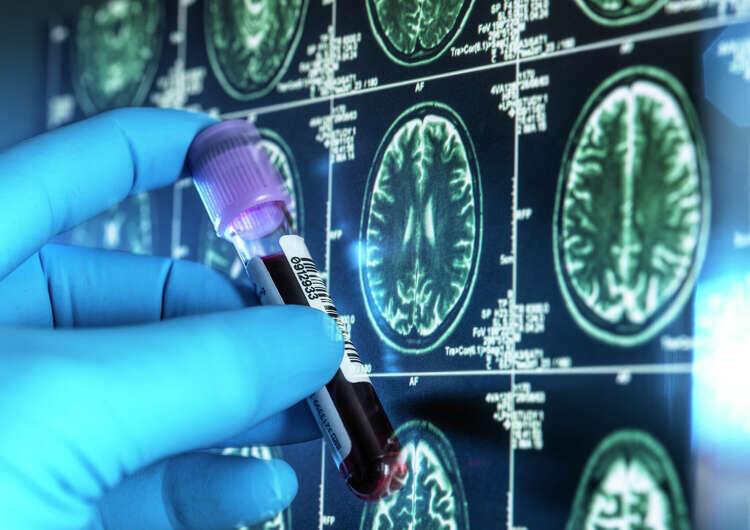
Rice and Baylor researchers have used Rice’s “drug factory” implants to eradicate advanced-stage mesothelioma tumors in mice.

The researchers identified a stress response that emerges from damaged mitochondria. By interrupting this stress response with a compound known as ISRIB, their results showed a marked improvement in blood sugar handling in mice.
A β-cell in the pancreas is responsible for releasing insulin, the hormone that regulates blood sugar.
These cells need high energy output from mitochondria to carry out their job. Weak energy conversion can disrupt insulin release, fueling the symptoms associated with type 2 diabetes.
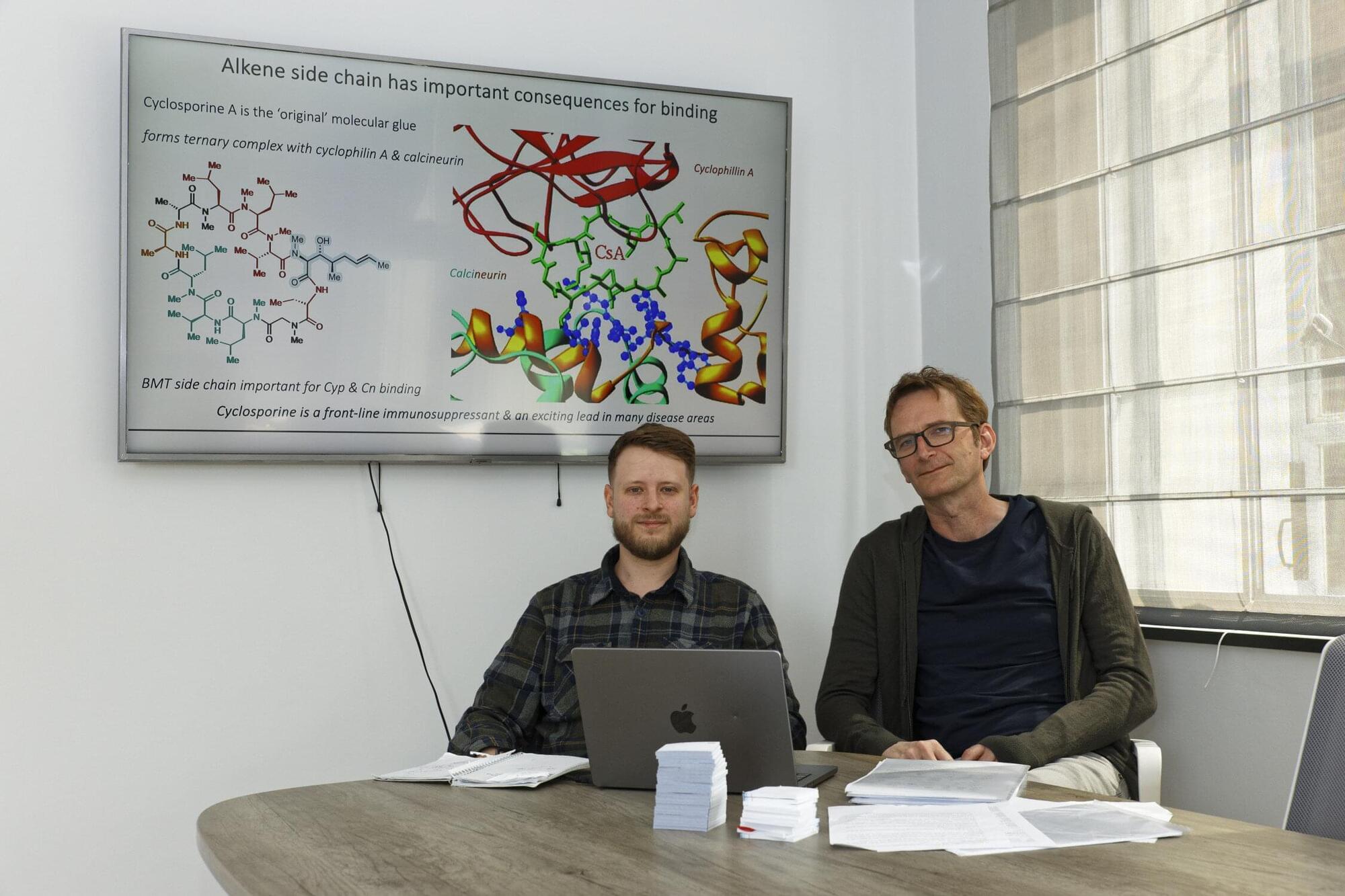
A team of chemists at the University of Cambridge has developed a powerful new method for adding single carbon atoms to molecules more easily, offering a simple one-step approach that could accelerate drug discovery and the design of complex chemical products.
The research, recently published in the journal Nature under the title “One-carbon homologation of alkenes,” unveils a breakthrough method for extending molecular chains—one carbon atom at a time. This technique targets alkenes, a common class of molecules characterized by a double bond between two carbon atoms. Alkenes are found in a wide range of everyday products, from anti-malarial medicines like quinine to agrochemicals and fragrances.
Led by Dr. Marcus Grocott and Professor Matthew Gaunt from the Yusuf Hamied Department of Chemistry at the University of Cambridge, the work replaces traditional multi-step procedures with a single-pot reaction that is compatible with a wide range of molecules.
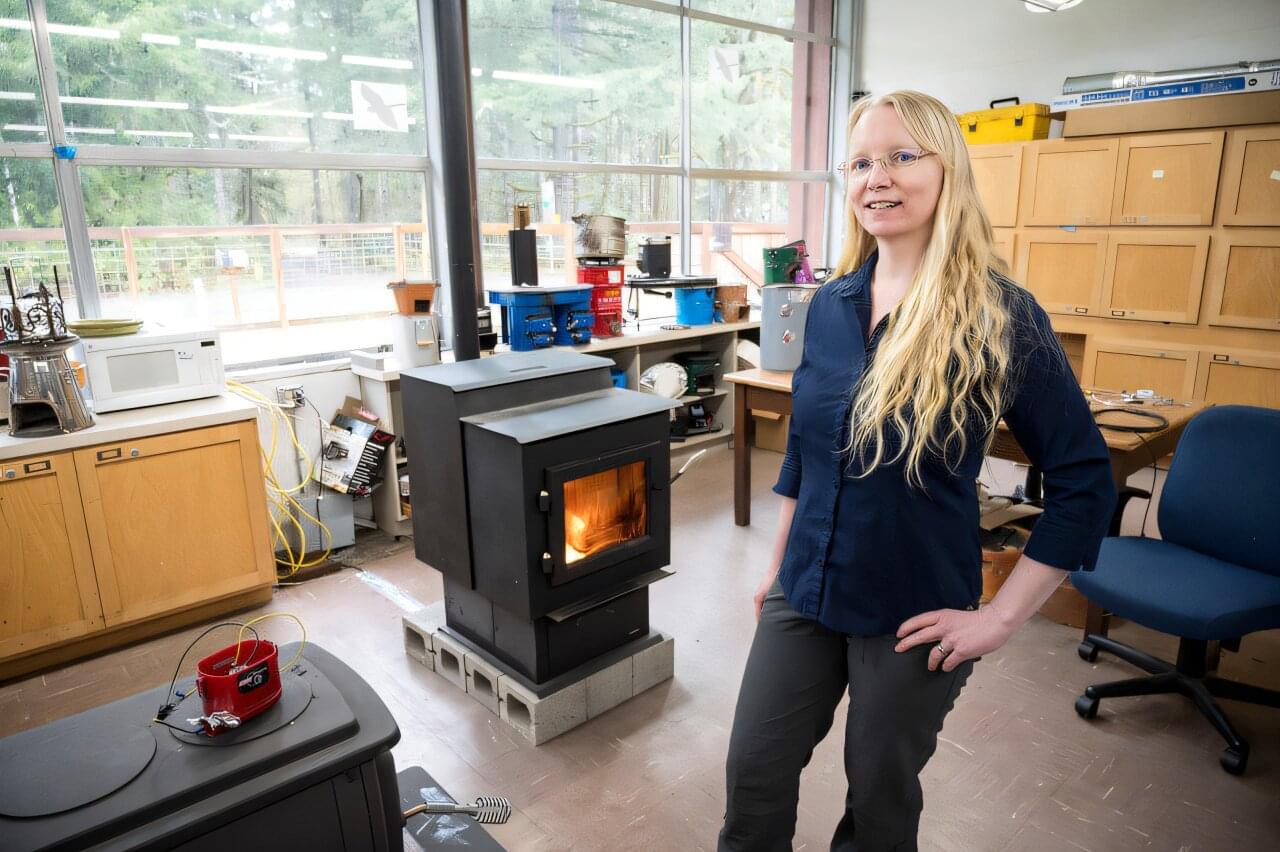
Oregon State University researchers are gaining a more detailed understanding of emissions from wood-burning stoves and developing technologies that allow stoves to operate much more cleanly and safely, potentially limiting particulate matter pollution by 95%.
The work has key implications for human health as wood-burning stoves are a leading source of PM2.5 emissions in the United States. PM2.5 refers to fine particulate matter with a diameter of 2.5 micrometers or smaller that can be inhaled deeply into the lungs and even enter the bloodstream. Exposure to PM2.5 is a known cause of cardiovascular disease and is linked to the onset and worsening of respiratory illness.
Even though a relatively small number of households use wood stoves, they are the U.S.’s third-largest source of particulate matter pollution, after wildfire smoke and agricultural dust, said Nordica MacCarty of the OSU College of Engineering.